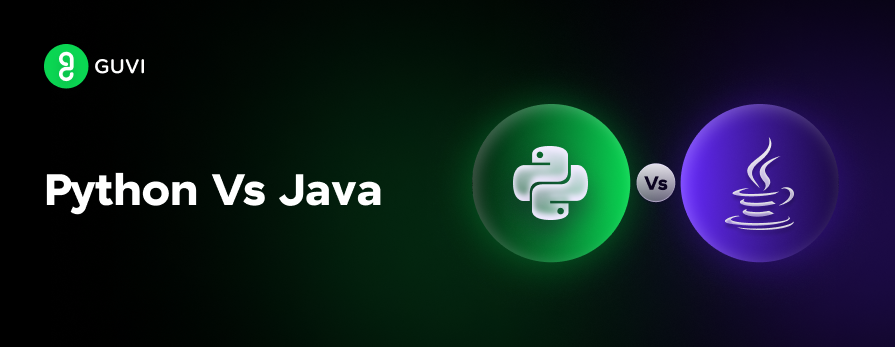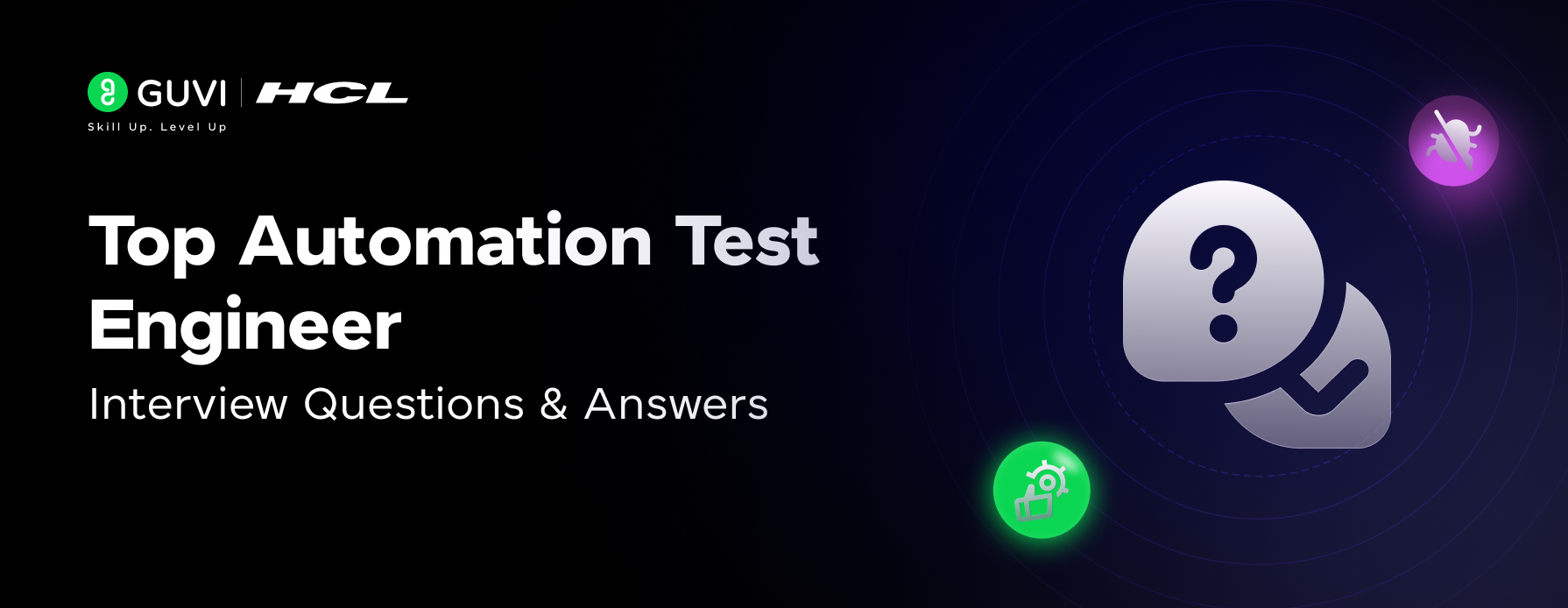![Java APIs: The Ultimate Guide for Beginners and Experts [2024] 1 Post thumbnail](https://www.guvi.in/blog/wp-content/uploads/2024/06/1-7.webp)
Java APIs: The Ultimate Guide for Beginners and Experts [2024]
Sep 19, 2024 3 Min Read 1856 Views
(Last Updated)
In the dynamic world of software development, Java APIs (Application Programming Interfaces) stand as pivotal elements that orchestrate seamless interactions between different software components. Understanding Java APIs is crucial for both beginners and experts alike, as they form the backbone of a multitude of applications, enabling them to communicate and exchange data effortlessly.
Their role in enhancing software functionality, simplifying development processes, and fostering innovation cannot be overstated. Java APIs, functioning on the principles of authentication, authorization, and encryption, ensure that these exchanges are secure and efficient, paving the way for the creation of robust and scalable applications.
This article dives deep into the essence of Java APIs, elucidating their types and use cases, which range from web development frameworks to cloud-based services.
Table of contents
- 1) Understanding Java APIs
- 1) Definition and Core Functions
- 2) Java API vs. Other Programming APIs
- 3) The Role of Java API in Java Applications
- 2) Types and Use-Cases of Java API
- 1) The Five Types of Java APIs
- 2) Use Cases: B2B, B2C, A2A, and Enterprise Applications
- 3) Real-World Examples of Java API Implementation
- 3) Integrating and Securing Java API
- 1) Step-by-Step Integration Process
- 2) Security Best Practices for Java APIs
- 3) Tools for Enhancing Java API Security
- Key Takeaways...
- FAQs
- What is API in Java?
- What is an API example?
- Is Java API a library?
- Why use an API?
1) Understanding Java APIs
1.1) Definition and Core Functions
- Java APIs, or Application Programming Interfaces, serve as crucial intermediaries within Java applications, linking different software components.
![Java APIs: The Ultimate Guide for Beginners and Experts [2024] 2 Java Program](https://www.guvi.in/blog/wp-content/uploads/2024/09/2-2.webp)
- They enable you to utilize Java’s vast libraries, such as Swing, by providing a structured way to request services from these libraries.
- Essentially, the API is the “face” of a library, exposing a set of publicly accessible classes, interfaces, and methods that you can use to enhance functionality in your applications.
1.2) Java API vs. Other Programming APIs
- Java’s API is renowned for its well-structured and user-friendly design, setting it apart from APIs in other programming languages like C++ or Python.
- This distinction stems from Java’s focus on reusing existing components, making it indispensable for effective software development.
- Unlike PHP, which has faced criticism for non-backward compatible changes, Java maintains a commitment to backward compatibility, ensuring that existing applications do not break with new API versions.
Also Read: Use ReactJS to Fetch and Display Data from API – 5 Simple Steps
1.3) The Role of Java API in Java Applications
- Java API acts as a backbone in Java applications, facilitating seamless integration and communication between different software components.
- It supports a variety of operations, from simple data manipulation with CRUD APIs to complex interactions in enterprise environments.
- Java API’s role extends beyond mere functionality; it enhances development efficiency by automating tasks and enabling machine-to-machine interactions.
Example: Using Java API for Database Connectivity
import java.sql.*;
public class DatabaseConnect {
public static void main(String[] args) {
try {
// Load the JDBC driver
Class.forName("com.mysql.jdbc.Driver");
// Establish a connection
Connection con = DriverManager.getConnection(
"jdbc:mysql://localhost:3306/myDatabase", "username", "password");
// Perform queries
Statement stmt = con.createStatement();
ResultSet rs = stmt.executeQuery("select * from users");
while (rs.next())
System.out.println(rs.getInt(1) + " " + rs.getString(2) + " " + rs.getString(3));
// Close connection
con.close();
} catch(Exception e) {
System.out.println(e);
}
}
}This code snippet demonstrates how Java API facilitates database connectivity, allowing you to focus on the logic of your application rather than the intricacies of database operations.
Also Explore: Java vs JavaScript: Top 3 Comparisons
Before proceeding further, make sure you have a strong grasp of essential concepts in Java Full Stack Development, including front-end frameworks, back-end technologies, and database management. If you’re looking for a professional future in Java Full Stack Development, consider joining GUVI’s Java Full Stack Development Career Program. With placement assistance included, you’ll master the Java stack and build real-world projects to enhance your skills.
2) Types and Use-Cases of Java API
2.1) The Five Types of Java APIs
Java APIs are categorized into five distinct types, each serving different purposes and access levels:
![Java APIs: The Ultimate Guide for Beginners and Experts [2024] 3 Types of Java API](https://www.guvi.in/blog/wp-content/uploads/2024/09/3.webp)
- Public Java APIs are part of the JDK, available for general use without restrictions.
- Private Java APIs are developed by specific organizations and accessible only to employees.
- Partner Java APIs are third-party APIs used for strategic business operations.
- Composite Java APIs involve microservices developed by combining different APIs.
- Web Java APIs are accessed via HTTP protocol, facilitating browser-based application communication.
2.2) Use Cases: B2B, B2C, A2A, and Enterprise Applications
Java APIs are integral to various application types, including:
- Business-to-business (B2B) applications like automated supply chain systems.
- Business-to-consumer (B2C) platforms such as e-commerce websites.
- Application-to-application (A2A) interactions within cloud services.
- Enterprise solutions, enhancing internal operations and customer relations.
2.3) Real-World Examples of Java API Implementation
Examples of Java APIs in action include:
- Gmail and Google Cloud VM utilize internal APIs for seamless service integration.
- Finextra and Microsoft leverage partner APIs to enhance their business offerings.
- Twitter and Telnyx deploy open APIs to provide broad access to their platforms, fostering a wide range of third-party applications and services.
Also Explore: 40 Java Interview Questions for Freshers with Clear & Concise Answers
3) Integrating and Securing Java API
To effectively integrate and secure your Java API, follow this structured approach:
![Java APIs: The Ultimate Guide for Beginners and Experts [2024] 4 Integrating and Securing Java API](https://www.guvi.in/blog/wp-content/uploads/2024/09/4.webp)
3.1) Step-by-Step Integration Process
- Import API: Start by importing necessary Java classes and packages.
- Create Objects: Instantiate objects to access API functionalities.
- Invoke Methods: Utilize API methods for specific tasks, ensuring to handling exceptions and management of resources efficiently.
3.2) Security Best Practices for Java APIs
- Authentication: Implement robust authentication mechanisms like OAuth2 for secure user verification.
- Encryption: Use HTTPS and TLS to safeguard data in transit.
- Access Control: Apply RBAC or ABAC to manage user permissions accurately.
3.3) Tools for Enhancing Java API Security
- ZAP and StackHawk: Utilize these tools for dynamic security testing to identify vulnerabilities.
- 42Crunch and SALT: These platforms offer comprehensive API security management, from testing to runtime protection.
- Imperva: Provides deep API security insights, preventing data leaks and unauthorized access.
This approach ensures that your Java APIs are not only well-integrated but also secured against potential threats.
Also Read About The Most Popular Java Tools for Every Phase of Development
Begin your career journey with GUVI’s Java Full Stack Development Career Program, providing placement assistance. Master essential technologies including Java, Maven, Eclipse, HTML, CSS, MongoDB, and more while working on practical real-world projects to enhance your expertise.
Key Takeaways…
Through the exploration of Java APIs, we’ve touched upon their pivotal role in software development, striking a balance between sophistication and accessibility.
By going through their types, and use cases, and integrating security measures, we’ve underscored not only the functionality they bring to the table but also the protection and efficiency imperative for modern-day applications.
Reinforcing the arguments presented, Java APIs emerge as indispensable assets, powering everything from simple web-based applications to complex enterprise-level solutions.
Their ability to facilitate seamless communication and data exchange between various software components while ensuring the integrity and security of these interactions cannot be overstated.
Reflecting on the discussed points, the importance of understanding and leveraging Java APIs in your projects has been made abundantly clear.
Must Read: Conquer Your Next Interview: Top 5 Java Programs for Freshers
FAQs
What is API in Java?
An API (Application Programming Interface) in Java is a collection of pre-written classes, interfaces, and packages that provide the building blocks for developing Java applications. It allows developers to interact with the system and use predefined methods and objects to streamline the coding process.
What is an API example?
An example of an API is the Google Maps API, which allows developers to integrate Google Maps functionality into their own applications, enabling features like location search, map display, and route planning.
Is Java API a library?
Yes, the Java API is essentially a library. It is a set of classes and interfaces grouped into packages that provide specific functionality, which developers can use to build Java applications efficiently.
Why use an API?
APIs are used to enable different software systems to communicate with each other, streamline the development process, and allow developers to leverage existing functionalities without having to write code from scratch.






























Did you enjoy this article?